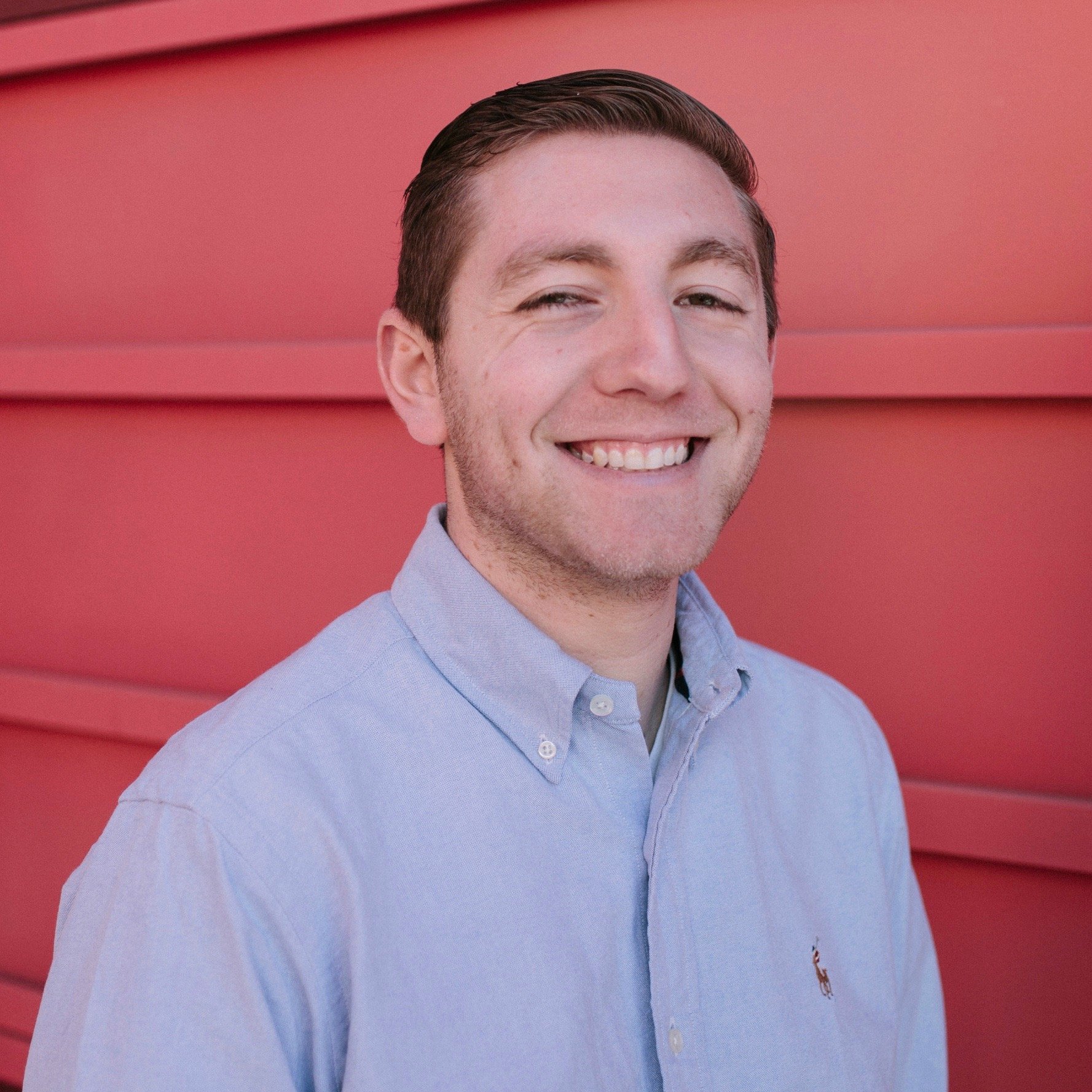Why Doesn't LA Have More Public Parks? Blame Private Golf Courses
A recent episode of Malcolm Gladwell’s “Revisionist History” podcast discussed why Los Angeles doesn’t have more public parks. Or more accurately, why does LA have so many large private golf courses that take up tons of space and are completely closed to the public?
Ends up it’s Bob Hope’s fault. Sort of.
As Gladwell describes, Hope (an LA fixture and an avid golfer in his day) helped the city’s private golf courses get a California constitutional amendment passed in 1960, exempting the establishments from the “highest and best use” standard of property taxation. These commonly used standard taxes land based on the best use for it, which is not always what it’s actually used for in practice. This shelters private golf courses statewide since it’s unreasonable to think that would be the “highest and best use” of that space.
Along with the amendment, golf courses are also covered under California’s Proposition 13, which taxes properties at pre-1978 values as long as they haven’t changed hands since then (when the proposition was passed). A 2010 article sparked some investigation into whether or not the golf courses should be covered under Prop 13. However, it was deemed that despite membership changes, the courses had not changed owners.
Gladwell does some digging and finds that without these exemptions, the country clubs (that own the golf courses) would be paying a ton in property taxes. Running the numbers for the Los Angeles Country Club, in particular, the land was worth between $6 and $9 billion. That’s $60-90 million in annual property taxes, but the club only paid $200,000 or so last year.
That money could obviously be used for infrastructure projects around the city (like parks). Though it’s not just golf courses’ fault, either. Following the podcast, golf writer Geoff Shackelford brought up an ignored 1930 park system assessment as one of the several measures that could have allowed the parks and private clubs to co-exist today.
No matter who’s to blame for the lack of LA parks, the city is 74th in terms of US city ParkScores, which certainly leaves lots of room for improvement.

